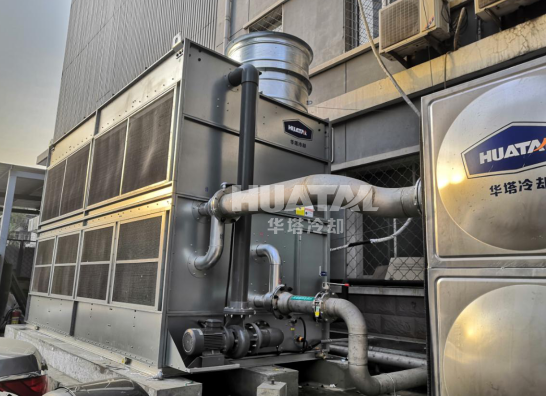
How to consider the cooling tower noise effect during daily operation
Release date:
2020-08-21
Almost all of the industrial equipments also include various types of cooling tower system in addition to the actual daily production: open type cooling tower, closed type cooling tower
How to consider the cooling tower noise effect during daily operation
Almost all of the industrial equipments also include various types of cooling tower system in addition to the actual daily production: open type cooling tower, closed type cooling tower, hybrid type cooling tower, etc. During the current situation of “environmental protection is important”, our cooling towers must comply with stringent noise limits, especially in relation to their power and size.
Current technologies allow us to achieve the appropriate sound levels: so, it is essential to know how it calculated .
1. Noise management of cooling towers:
These systems have explicit dimensional mass calculations: thus, the sound power level must also take into account the equipment’s emission surface itself.
① The European standard EN ISO 3744 provides a standard for calculating mechanical sound power levels of measurable dimensions "X, Y, Z". According to it, a series of sound pressure measurements must be made at an equidistant point from the equipment: to obtain a weighted average; And then the logarithm of the same equipment surface is going to be added to this average. Therefore, we get the calculated sound power level.
② The resulting equipment sound power data can help clients to predict the acoustic impact of new equipments. Background noise, possible obstacles or reflective walls and other machinery in the surrounding area must be taken into account in the measurement.
③ Customers often require a sound pressure value at a certain distance. This value may be misinterpreted. In fact, standard specified equipments for calculating sound power levels must be installed in "a flat reflecting plane near a free field of sound" environment: therefore, it is clear that any provided sound pressure value cannot be found in a condition different from theoretical calculations.
2. Samples of noise management:
① If It requires sound pressure at a certain distance. In this case, the starting sound power value is calculated according to the point-shaped light source: that is, the incident emission surface is ignored. The required sound pressure is almost always within a distance of 15 metres, which means that the limit range of the emitting surface must always be considered.
②Starting with a properly calculated sound power, a sound pressure (which can be very low) is required over a distance. We know that the value provided will not be truly recognized due to obstacles or other associated noise. We know that this is not a "free field," nor is it the standard "without background noise").
③ Sound pressure data is required according to sound power value; In this case, different courtries may have different calculation methods from the European standard above.
3. In result
All of these explanatory variables lead to differences, which are important when we manufacturers must provide a noise value that matches the actual noise value.





